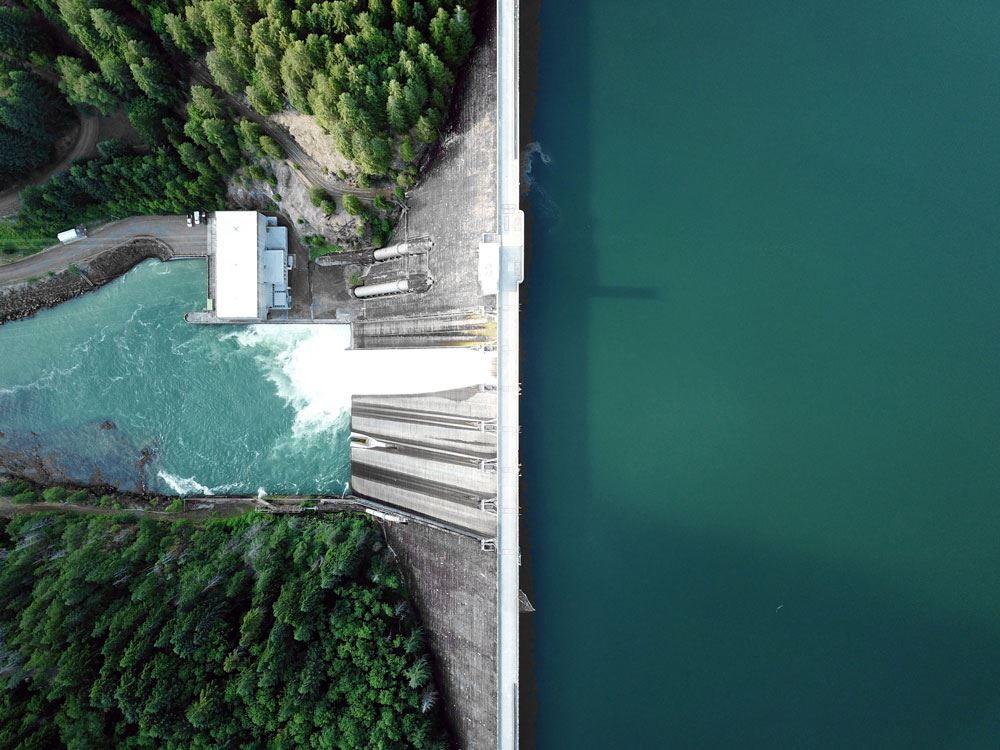O/U can increase hydropower production without harming the surrounding nature
If Norway is to succeed with large-scale electrification, we are soon going to need to produce at least 30 TWh more electricity per year than the current output of 150 TWh per year.
In order to produce this extra 30 TWh per year, we need new renewable energy production from both wind and solar power. However, we should not forget that we can also extract a lot of extra power from existing hydropower plants with the help of O/U.
We do not yet know for certain how great the potential of O/U actually is for increasing hydropower production. NVE estimates that it will be technically and economically possible to extract at least 7 TWh through upgrading and expanding the existing hydropower plants without negatively impacting vulnerable nature, wildlife or other public interests. At SINTEF, we believe that hydropower plants have an even higher potential for increased TWh if we adopt good environmental design: that is, if we use methods for O/U to achieve an increased power production that does not happen at the expense of the surrounding nature.
In addition to increasing power production, it is also important to increase the installed power capacity of our hydropower plants due to an increased need for flexibility resulting from both changes in the energy system and new ways of using electricity. More power can be made available at any one time by installing larger or more turbines. Increasing installed power is essential for maintaining a reliable security of supply to the power grid, as it supplies balancing and reserve services.
Our typical projects include:
- Major short- and long-term research projects investigating how to adapt and optimize power production in combination with solutions to preserve nature and maintain socieatal interests
- Development of methods and models for power production, environmental design and mitigation measures
- Contract projects related to site-specific environmental design solutions
- International projects on mitigation measures for environmental impacts in hydropower rivers
We work with the following topics:
- Power production, its environmental impacts and potential mitigation measures in regulated waterways
- Modelling of rivers, lakes and hydropower dams
- Water engineering
- Hydrology and runoff modelling
- The environmental impact of more flexible operations and adaptation measures
- Solutions for fish migration
- Optimisation of hydropower production
- Hydropower’s balancing power and flexibility
- Decision support tools for energy and environmental management
- Hydropower’s carbon accounts and greenhouse gas emissions
Who do we do this for?
- Norwegian and international hydropower producers
- The Norwegian Water Resources and Energy Directorate (NVE)
- The Research Council of Norway and the EU
Projects
SINTEF Energy is working together with NTNU, NINA, NVA and other partners from the hydropower industry on the project "Potensiale for opprusting og utvidelse av vannkraft med miljødesign – PotOUt" at the HydroCen research centre.

